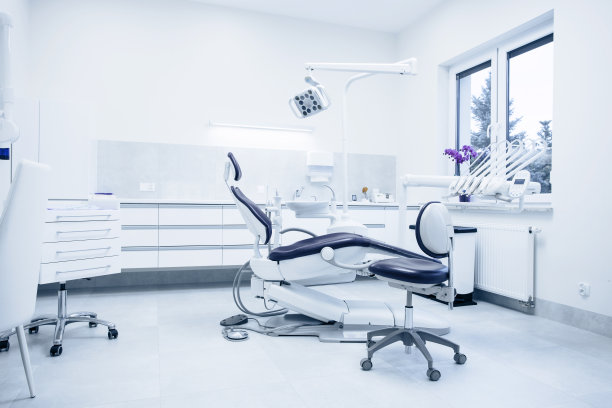Understanding the Essential Steps and Aftercare Involved in Extracting a Tooth for Optimal Oral Health
Summary: Extracting a tooth is a common dental procedure that can be necessary for a variety of reasons, including decay, infection, or overcrowding. This article outlines the essential steps involved in the extraction process, starting from the initial consultation to the actual procedure, and covers the crucial aftercare required for optimal oral health. By understanding these steps, patients can ensure a smoother experience and minimize potential complications. Proper aftercare is particularly important, as it significantly impacts recovery and overall oral health. This guide serves as a comprehensive resource for those facing tooth extraction, empowering them with knowledge to navigate the process effectively.
1. Initial Consultation and Assessment Steps

The tooth extraction process begins with an initial consultation, where the dentist evaluates the patients dental and medical history. This assessment allows the dentist to determine the reason for extraction and whether alternative treatments might be more suitable. Patients should discuss any existing medical conditions, allergies, and medications they are taking to ensure appropriate care.
After the assessment, the dentist will conduct a thorough examination, which may include X-rays to assess the tooths position and the surrounding bone structure. This diagnostic approach helps in understanding the extractions complexity and allows the dentist to plan the procedure effectively.
Finally, the dentist will discuss the extraction options, including local anesthesia, sedation, or general anesthesia. Understanding these options ensures that patients can make informed decisions about their treatment, leading to a more comfortable experience during the actual extraction.
2. The Tooth Extraction Procedure Explained
The tooth extraction itself usually occurs in a dental office and can vary in duration depending on the complexity of the tooth being removed. Once the anesthesia is administered, the dentist will carefully loosen the tooth from its socket using specialized instruments. For impacted teeth, an incision in the gum may be required, alongside the removal of parts of the bone covering the tooth.
During the extraction, patients may experience pressure or mild discomfort but should not feel pain due to the anesthesia. Communication with the dentist during this stage is crucial; patients should inform the dentist if they experience unexpected sensations.
After the tooth is extracted, the dentist will instruct the patient to bite down on gauze to promote clotting and minimize bleeding. The dentist will then provide detailed aftercare instructions, which are integral to the patient’s recovery.
3. Importance of Aftercare Following Extraction
After a tooth extraction, effective aftercare is essential for a smooth recovery. Immediately following the procedure, patients should keep the gauze in place for the recommended time to help form a clot, reducing the risk of complications like dry socket. Its imperative to avoid rinsing, spitting, or using a straw in the first 24 hours, as these actions can dislodge the clot.
Pain management is another critical aspect of aftercare. The dentist may prescribe pain relievers or suggest over-the-counter options. However, patients should follow the dentist’s recommendations regarding dosages and timing to ensure effective pain control and avoid complications.
Moreover, maintaining proper oral hygiene is important during recovery. Patients should gently brush their teeth while avoiding the extraction site. Soft foods and hydration are encouraged, while smoking and alcohol consumption should be avoided to promote healing.
4. Monitoring and Consultation for Potential Complications
Post-extraction, patients should monitor their recovery for any signs of complications, which may include prolonged bleeding, intense pain, or signs of infection such as fever or swelling. Its vital for patients to recognize these symptoms early and contact their dentist promptly for further evaluation.
Follow-up appointments may be necessary to ensure that healing is progressing as expected. The dentist will assess the extraction site and remove any stitches if used. This check-up provides additional peace of mind for patients and allows dentists to address any concerns directly.
Ultimately, understanding when to reach out to the dentist is crucial for safeguarding oral health following an extraction. Being proactive in addressing issues can lead to a smoother recovery and a return to optimal dental health.
Summary:
The article emphasizes the significance of understanding the essential steps and aftercare involved in tooth extraction. Through clear explanations of the initial consultation, the extraction procedure, aftercare requirements, and monitoring for complications, readers can better prepare for the entire process. This knowledge not only enhances the overall experience but also promotes optimal oral health in the long run.
This article is compiled by Vickong Dental and the content is for reference only.


